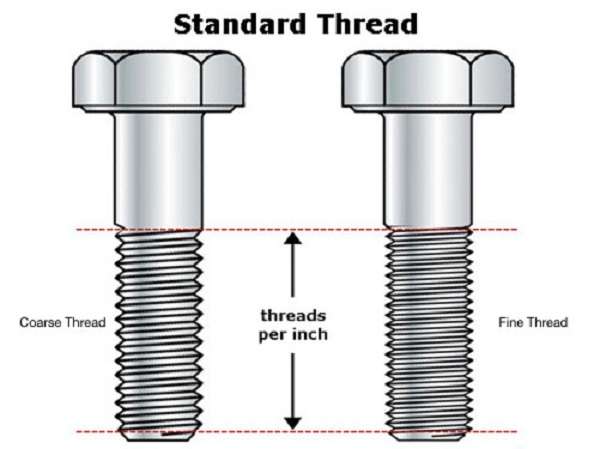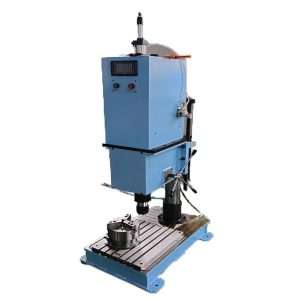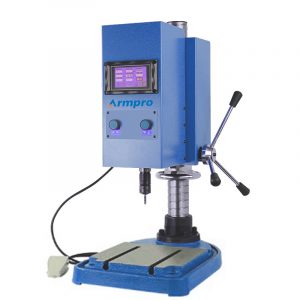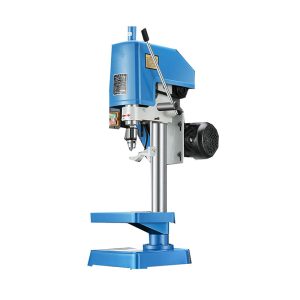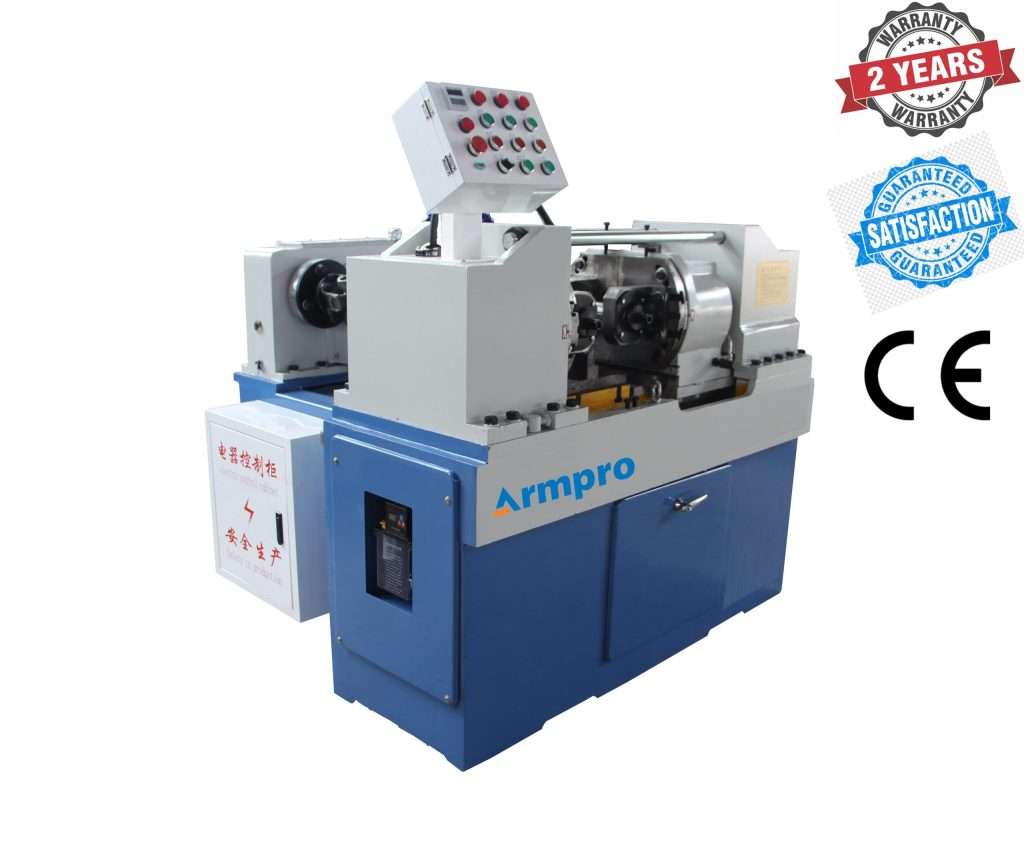Coarse Thread vs Fine Thread, What’s The Diffirent?
Introduction
Threads in fastening systems ensure robust connections in mechanical, construction, or industrial applications. You then need to decide between 'coarse thread' and 'fine thread'; both have their characteristics and advantages. A coarse thread is commonly used for fast assembly and high durability, while a fine thread is better for precision and high tensile strength. These differences enable users to make choices suited to their requirements.
In this article, we will discuss what a 'coarse thread' is and where it plays a role in fastening. A 'coarse thread chart' is used to determine that you have the correct size and are consistent with the various fasteners. There are different 'types of screw thread,' but 'coarse thread' is standard, with it being strong and easy to install. A construction and industrial type of screw which needs no tools: it is easy to assemble The 'coarse thread screws' are an example of this point. Engineers can reference a “coarse thread chart” that helps them identify the proper size for each application. This secession will also elaborate on the benefits of 'coarse thread screws' and the reason for favoring it over the other 'types of screw thread.'
1. What is Coarse Thread?
Coarse Thread: Thread Typeis used in 85% of the fastening systems. Coarse thread, since it has fewer threads per inch, is stronger and less prone to stripping as compared to fine threads. Features a ' coarse thread' design for quick installation/removal, ideal for applications that require frequent disassembly. A 'coarse thread' structure design offers better resistance to dirt, corrosion, and mechanical damage.
The various regular sizes are given in the 'coarse thread chart' to maintain compatibility among various fasteners. The 'coarse thread chart' offers guidelines for choosing a size based on load and material type. The coarse thread chart is an essential tool used by engineers and manufacturers to select suitable fasteners for construction, automotive, and machinery applications. It is likely to correct the specification of the fastener pair with the same 'coarse thread' number that would avoid failing and ensure the working of devices at low mechanical loss.
The difference between Coarse Thread and Fine Thread Among the different 'types of screw thread' the 'coarse thread' is one of the most versatile, being able to accommodate many different materials and applications. This is very practical when working with softer materials like wood, aluminum, and plastic. This 'coarse thread' bites into more material for a given turn, providing better-holding strength with reduced risk of stripping. They also have an excellent grip and are easy to use. Coarse thread screws are the most widely used. The 'coarse thread screws' used are less likely to loosen than metal screws on the same application under vibration. That's why many industries prefer using 'coarse thread screws' for general-purpose fastening, as they are more effective and last long.
Coarse thread also has its benefits in heavy-duty applications where structural integrity is important. Because 'coarse thread' does not strip as readily, it is preferred for use in high-torque applications. There is a multitude of 'screw thread types' which can make it ABC in the selection process for engineers, but the 'coarse thread,' in general, offers unsurpassed, exceptional performance. This course shall then move on to the specific areas of 'coarse thread' applications and the reason it has become so commonly utilized in different parts of the industry.
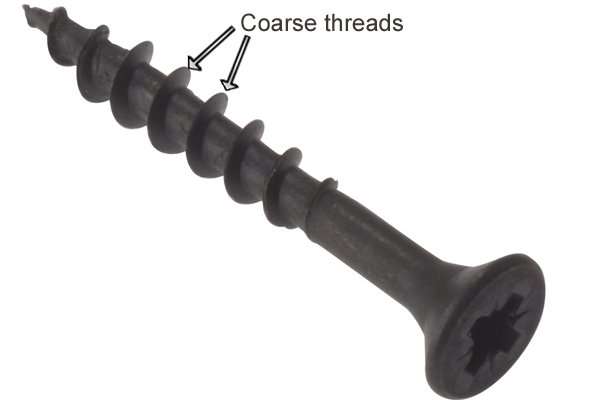
2. Coarse Thread Application
Coarse thread is commonly used in construction, automotive, and mechanical engineering industries. The typical benefit of 'coarse thread' is its provision for a strengthened grip in materials (i.e., wood, metal, and plastic). The coarse thread with large grooves creates a more significant surface area for the fasteners to bite into the materials. This makes 'coarse thread' perfect for applications that require strength and stability. However, using the 'metric coarse thread chart,' engineers can be sure to select the correct one for the task. So, a metric coarse thread chart is crucial in this regard.
The construction field is one of the other common usages of the term 'coarse thread. Most of the time, the 'coarse thread rod' is suitable for fastening the structural parts. 'Coarse thread rod' is one of the most used materials for constructing frames, girders, and heavy machinery because of its endurance and toughness. Such a fastener is known as a 'coarse thread rod,' which, as its high load-bearing capacity and non-strippable ability, gives it a supreme advantage over other fastener types. Pipeline connection with 'metric coarse thread char,' which can be used to select the right diameter and pitch depending on the different use places.
In addition, 'coarse thread' is widely used in the automotive industry. The larger pitch of 'coarse thread' means that this is easier to install, and assembly time per item during manufacturing is reduced with 'coarse thread' bolts. Coarse-thread fasteners are used primarily in engine mounts, suspension systems, and body panels. The use of this 'coarse thread charted' ensures the right fastener and casing are as per the torque and load requirements. Grunts and engineers look to the "coarse thread chart" for a better thread size for various parts of the vehicle.
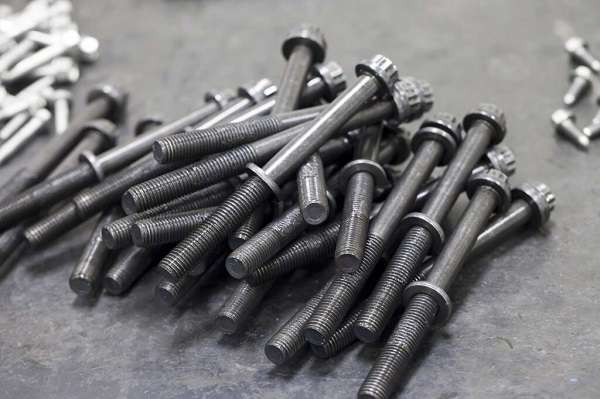
There is another useful application of 'coarse thread.' Mild steel drives are recommended woodworking screws or fasteners, often known as 'coarse thread screws, as they reach out and permeate into the wood and hold firmly. Screw connections/(wide spaced)style'coarse thread screws' to prevent any splitting and also prevent loosening, secure and long-lasting connections. The fact that carpenters and furniture makers use 'coarse thread screws' for almost everything makes them the go-to assemble tool for professionals. This simple crochet guide gives details about every wood type and helps you choose the right fastener for executing your crochet work precisely and stably.
'Coarse thread' is equally effective in industrial machinery and repair work. 'Coarse thread' fasteners are valuable in maintenance operations as they can be easily installed and removed. For debugging, you will notice that there is a 'coarse thread' used for the equipment that will need to be assembled and dismantled recurring a few times a day. The coarse thread chart is a tool to help engineers choose the right fastener size for heavy machinery and industrial applications. Considered a 'mega load' connection, 'coarse thread' applications introduce a high adaptor savage to reduce material intensification across multiple steps, making it ideal for use in industries that carry high-load and high-stress environments.
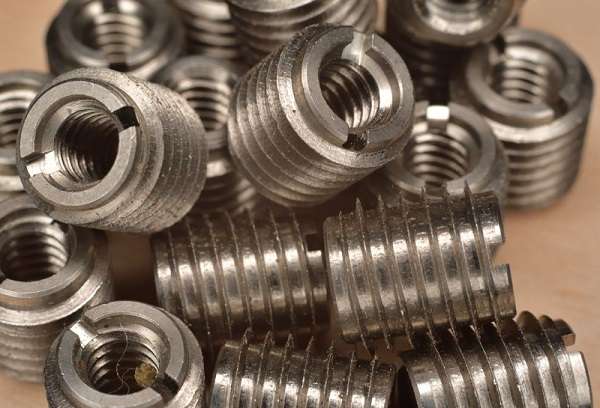
3.What is Fine Thread?
Here, we want to discuss the fine thread meaning. A ‘fine thread’ is a specialized type of thread that has a higher number of threads per inch than the ‘coarse thread’. Because 'fine thread' has a tighter pitch, the relationship between the two is stronger and more accurate, making it the better choice for high-tensile applications. The 'fine thread' structure means that it has a larger friction surface than a standard bolt, allowing the load to be distributed more evenly along the fastener, which also reduces the possibility of loosening. In these fine thread applications, you can perform better in situations with a lot of vibration or extreme force.
So understanding the fine thread meaning can help to just exactly where it is best served. While 'coarse thread' is intended for quick assembly, the finer pitch of 'fine thread' yields a more secure fit with materials, minimizing stripping. This ensures uniformity in different sectors, enabling engineers to choose a thread that suits the application using the fine thread metric. So, the fine thread metric is much more important for engineers in this regard. Existing doubts are based on material type and load design and environmental considerations for reliability over time.
The selection of ‘fine thread’ or ‘coarse thread’ is related to the mechanical need of a particular project. 'Fine thread' is precisely made, so it delivers highly precise performance and plays a pivotal role whenever you're working with applications that require accuracy (and stronger fastening). In aerospace/automotive and precision engineering, 'fine thread' offers a better connection with less chance of failure under stress. The following part details how 'narrow thread' is utilized in different regions and the benefits it gives in various industry sectors.
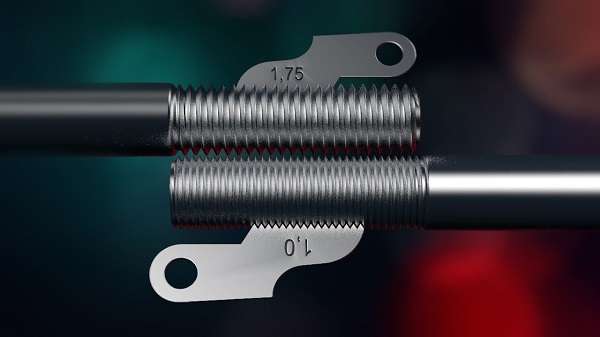
4.Fine Thread Application
‘Fine thread’ is most common in applications requiring high strength and/or precision. The main benefit of having 'fine thread' is the more threads per inch, which gives you a tighter grip. As a result, it is often the material of choice for aerospace, automotive, and mechanical engineering applications. Fine thread sizes is also important in this regard. Finding the correct fine thread sizes will ensure that the working load limit is verified with impeccable environmental tolerance (the metric fine thread chart).
Fine thread fasteners are widely utilized within the aerospace sector for the assembly and maintenance of aircraft. The tight pitch (distance between threads) of 'fine thread' allows close spacing between load-carrying threads to prevent loosening during high vibration and dynamic loading. When it comes to critical components, engineers look at the ‘fine thread chart’ to make sure the right fastener is chosen. 'Fine thread' has a high tensile strength when it comes to fastening structural components in high-stress environments.
'Fine thread' is also used in the automotive sector for use cases that demand accuracy. 'Fine thread' provides exceptional grip for parts like engine components, suspension assemblies, transmission assemblies, etc. Automotive engineers choose the appropriate fastener with the aid of the 'metric fine thread chart' to improve stability and durability. Since several rotating elements are conclusive to keep them tightened, sound as a secured outfitting of a 'fine string' is more certain that they glide stop disappearance, 'fine string' wind over depending way.
– Precision Machining and Instrumentation: Another common application of ‘fine thread’ In these applications, even slight variations in fastening can cause mechanical failures. The standard values for the 'fine thread chart' are used by engineers to select fasteners that could provide optimum strength and, at the same time, achieve accuracy. That's why 'fine thread' is considered an integral part of max ting and thereby is preferred in different industries where secure fastening is needed not only under extreme load but also under extreme load.
The metric fine thread chart was developed by engineers and manufacturers to use when selecting the correct fine thread for fasteners where precision is required. Based on the details needed for the specific applications, in the next section, we will guide you on how to select between the two types, namely 'coarse thread' versus 'fine there.''.
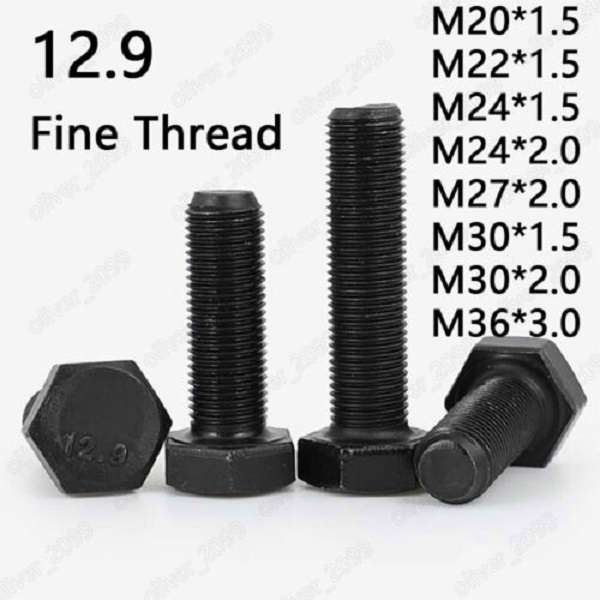
5.Selection Criteria: Coarse Thread or Fine Thread for your Application?
Choosing between 'coarse thread vs fine thread' is a function of multiple factors such as material type, load requirements, and environmental conditions. The main difference between 'coarse vs fine thread' is their pitch, strength and resistance to stripping. So, coarse vs fine thread is important in this regard. Familiarity with the pros and cons of each thread class can make your choice easier in mechanical and industrial situations. So, you need to know about coarse vs fine thread. A coarse vs fine thread chart can also be very handy in this regard.
| Nominal Diameter |
Threads per inch |
Major Diameter Inch |
Major Diameter mm |
Tap drill size |
Pitch |
| #1 | 64 | 0.073 | 1.854 | 1.5 | 0.397 |
| #2 | 56 | 0.086 | 2.184 | 1.8 | 0.453 |
| #3 | 48 | 0.099 | 2.515 | 2.1 | 0.529 |
| #4 | 40 | 0.112 | 2.845 | 2.35 | 0.635 |
| #5 | 40 | 0.125 | 3.175 | 2.65 | 0.635 |
| #6 | 32 | 0.138 | 3.505 | 2.85 | 0.794 |
| #8 | 32 | 0.164 | 4.166 | 3.5 | 0.794 |
| #10 | 24 | 0.19 | 4.826 | 4 | 1.058 |
| #12 | 24 | 0.216 | 5.486 | 4.65 | 1.058 |
| 1/4 | 20 | 0.25 | 6.35 | 5.35 | 1.27 |
| 5/16 | 18 | 0.313 | 7.938 | 6.8 | 1.411 |
| 3/8 | 16 | 0.375 | 9.525 | 8.25 | 1.587 |
| 7/16 | 14 | 0.438 | 11.112 | 9.65 | 1.814 |
| 1/2 | 13 | 0.5 | 12.7 | 11.15 | 1.954 |
| 9/16 | 12 | 0.563 | 14.288 | 12.6 | 2.117 |
| 5/8 | 11 | 0.625 | 15.875 | 14.05 | 2.309 |
| 3/4 | 10 | 0.75 | 19.05 | 17 | 2.54 |
| 7/8 | 9 | 0.875 | 22.225 | 20 | 2.822 |
| 1 | 8 | 1 | 25.4 | 22.85 | 3.175 |
| 11/8 | 7 | 1.125 | 28.575 | 25.65 | 3.628 |
| 11/4 | 7 | 1.25 | 31.75 | 28.85 | 3.628 |
| 13/8 | 6 | 1.375 | 43.925 | 31.55 | 4.233 |
| 11/2 | 6 | 1.5 | 38.1 | 34.7 | 4.233 |
| 13/4 | 5 | 1.75 | 44.45 | 40.4 | 5.08 |
| 2 | 4.5 | 2 | 50.8 | 46.3 | 5.644 |
Engineers will consider factors like assembly ease and vibration resistance when using this 'Coarse vs Fine Thread Chart.' 'Coarse thread' represents the best fit for applications that need a quick fastener installation and very high thread stripping resistance. It performs well in softer materials, such as wood, plastic, and aluminum, where deep thread engagement is an advantage. Conversely, ‘fine thread’ is common for tough metals, including steel and titanium, which require precision and a significant level of tensile strength.
The decision between coarse thread and fine thread also varies by the environmental conditions. Fine threads hold tight, though, if they may corrode or be dirty, where 'coarse thread' will be less likely to be sticky with debris. ‘Fine thread’ offers greater holding power, making it more appropriate for heavy-duty applications such as in the automotive and aerospace sectors. Engineers can refer to the 'coarse vs. fine thread chart' to understand the specs and choose the ideal thread type for their application.
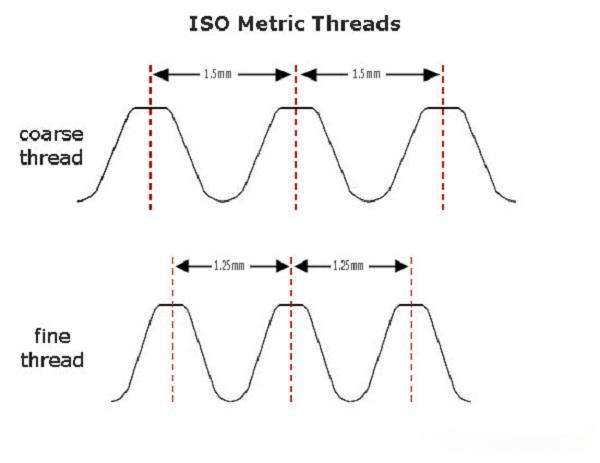
Conclusion
The differences between the terms 'coarse thread' and 'fine thread' are important when choosing the correct fastener for any application. The 'coarse thread' is durable and fast to install, strips resistant, and ideal for construction, woodworking, and general-purpose fastening. It has higher tensile strength, stress distribution, and precision which makes it a better option for aerospace, automotive, and high-precision engineering applications.
The engineers identify the right measures for the fastener for different mechanics and industrial needs by using the coarse thread chart, metric coarse thread chart, fine thread chart, and metric fine thread chart. The coarse vs. fine thread chart is great for referencing how these threads compare with each other.
Regardless of whether picking 'coarse thread' or 'fine thread' selecting the proper type based on material features, load needs, and ecological conditions guarantees long-term stability and performance. Differentiating between 'coarse thread vs fine thread' provides improved fastening solutions for mechanical and industrial applications.
Don't forget to share this post!
Related Products
CONTACT US
Tell us your raw material and working details to get quotations within 24 hours.
WhatsApp Us: +86 159 27 555863

Want the best price & newest metal working machinery buying guide,tips and trends sent straightly to your box?Sign up for Armpro's monthly newsletter,we're free for your consultation and Offer you the most suitable working solutions!
The Buyer's Guide
- Tapping Machine: The Ultimate Buying Guide in 2024
- Electric Tapping Machines:the Ultimate Buying Guide in 2024
- Drilling Machine: The Ultimate Buying Guide in 2024
- Drilling milling Machine:The Ultimate Buying Guide in 2024
- CNC Tapping Machine :The Complete Buying Guide in 2024
- Pipe chafering Machine:The Complete Importing Guide in 2024
- Radial drilling Machine:The Complete Buying Guide in 2024
- Thread rolling Machine:The Complete Buying Guide In 2024
- Pillar Drilling Machine:The Ultimate Buying Guide in 2024
